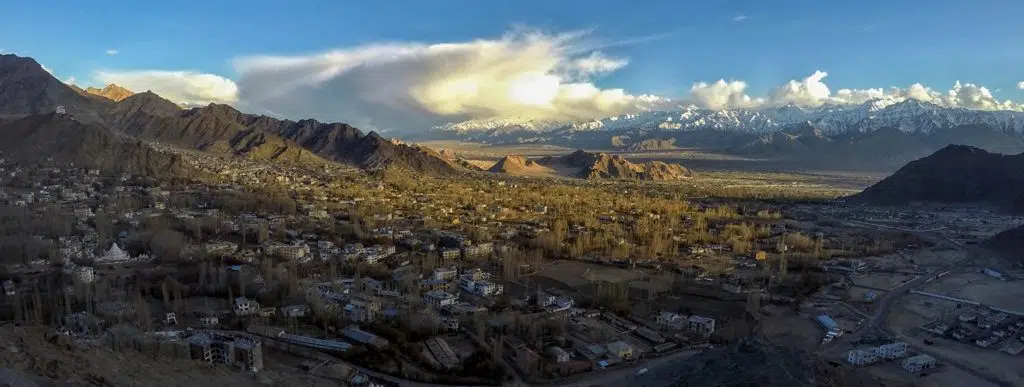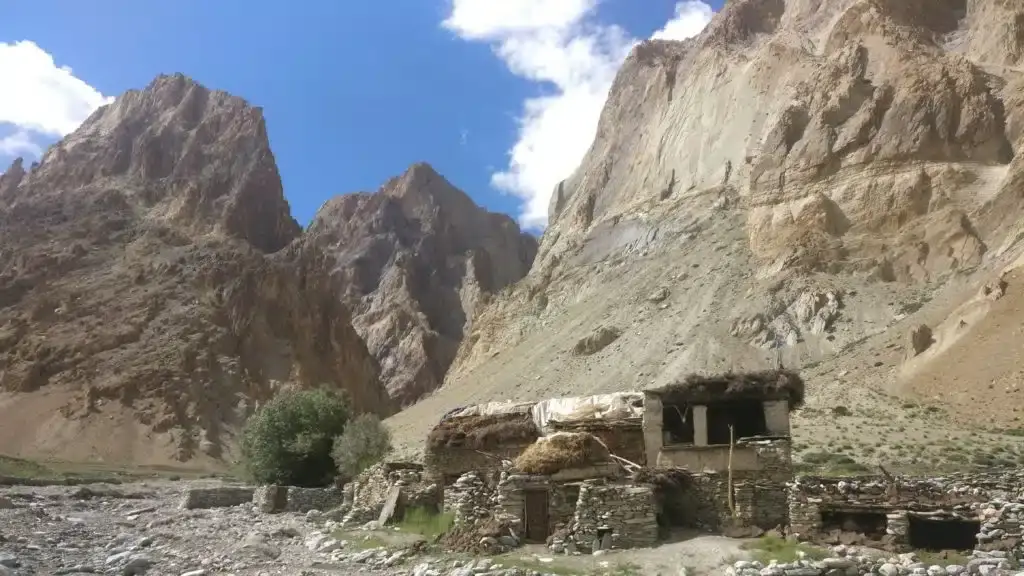*This is the first in our series on exploring destinations in India beyond the Taj Mahal.
Trekking experts rave about Ladakh for a good reason. The top things to do in Ladakh include seeing the gorgeous Himalayan passes, being immersed in a wonderfully hospitable culture, visiting wonderfully preserved temples and monasteries, and experiencing the storied ancient capital of Leh.
Whether you are an experienced traveler and have been to India before or it’s your first trip, Nomadic Expeditions has some suggestions for the different ways to explore and experience this alluring destination. Our destination experts and guides can fully unlock this incredible Indian state for you—taking you beyond the Taj Mahal with the ultimate travel guide to Ladakh.
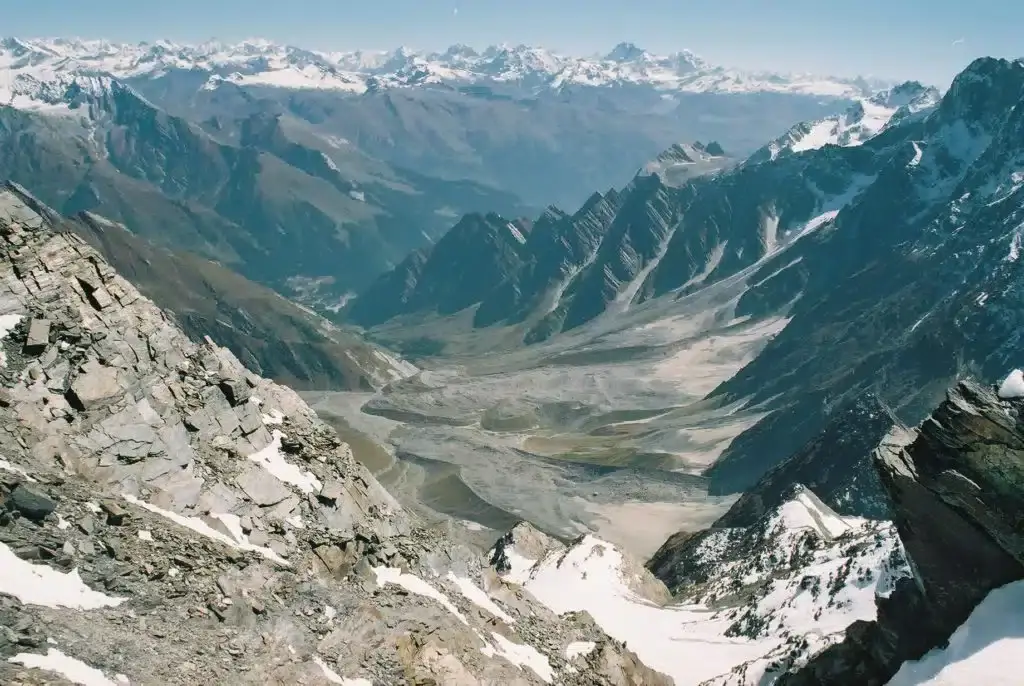
When to plan a trip to Ladakh, India?
Ladakh, on the Tibetan plateau, lies on the rain shadow side of the Himalaya and is not affected by the monsoon season in India. As such, the summer months from June through September are the best time to visit, with daytime temperatures ranging from the high 60s to 90s, with nighttime dropping into the low 50s. In this temperate season, you will be able to sightsee the capital and trek the Himalaya comfortably, without needing much technical wear—just a great pair of shoes or boots and a versatile jacket. You can also check out our trekking packing guide if you are still unsure what to wear.
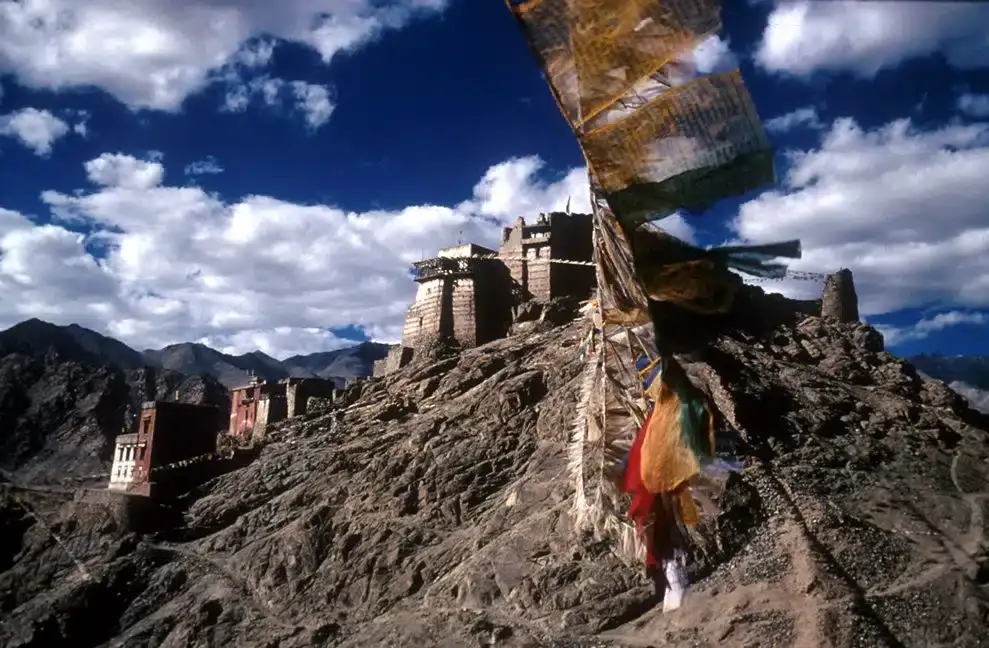
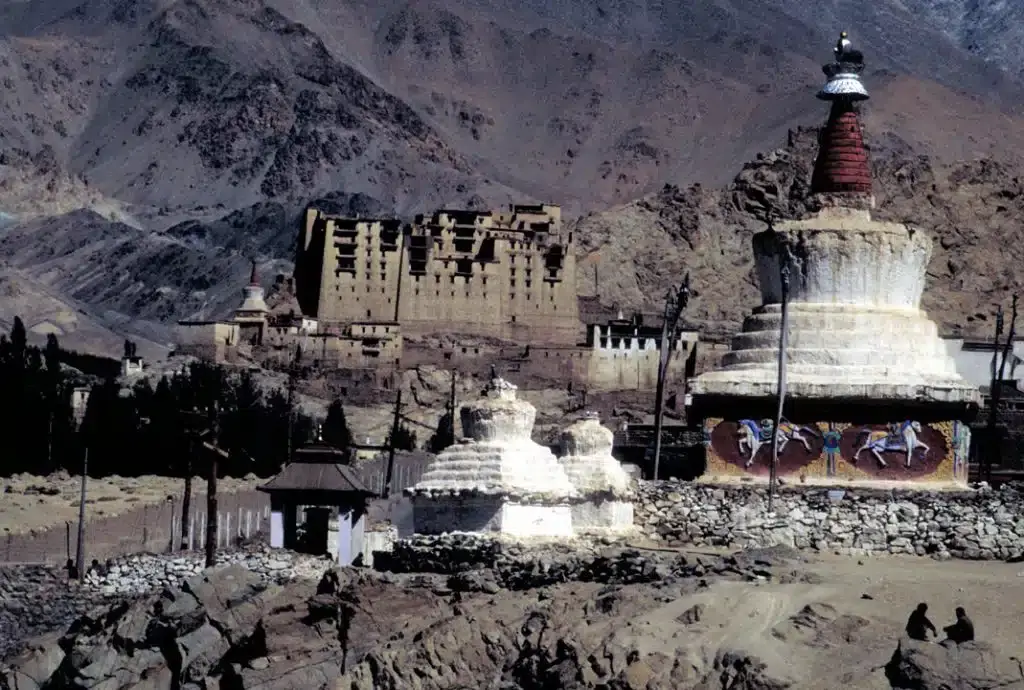
Why visit Ladakh?
Tibetan Buddhism has been practiced in Ladakh since before the time of the Great Fifth (the fifth Dalai Lama) and original artwork dating to the 10th century can be seen in the palaces and monasteries that dot the landscape of this remote Himalayan region.
Unlike neighboring Tibet, which saw the destruction of monasteries and monastic art during China’s Cultural Revolution, India’s secular policy has allowed all religions to thrive here. For travelers interested in cultural connection, this is an important point—a great recent for visiting Ladakh.
The Ladakh capital of Leh, with its winding streets and countless shops of the main bazaar and Chang Gali, is an ancient and mesmerizing city. The massive ruins of Leh Palace loom above the town, and is representative of Tibetan palatial architecture of the 17th century.
To the west of Leh are the monasteries of Lamayuru, Rizong, and Alchi. Lamayuru dates to the 10th century and continues to be an important and powerful institution.
Alchi, also dating to the 10th century, is a real treasure with its numerous colorful Buddhist murals in a remarkable state of preservation. The monastery at Hemis is perhaps the most renowned of Ladakh’s Buddhist monasteries, famed for its annual, vibrant festival honoring the legendary Padmasambhava. Most importantly, they keep alive an unspoiled form of Buddhism that has largely disappeared from Tibet. No wonder travel writers have called Ladakh “more Tibetan than Tibet.”
Active Things to Do in Ladakh
While Tibetan Buddhism may be Ladakh’s biggest draw, there are also ample choices for those favoring a more physically active adventure. Class 2 and 3 rapids can be maneuvered on a river rafting journey of the Indus River, and world-class trekking is found throughout Ladakh—notably in the sublime Zanskar region. The best time for river rafting in Ladakh is between June and September, but the water levels and difficulty level will vary depending on which river you go on. Nomadic Expeditions can plan an amazing route for your rafting adventure—so just tell us of your interest and skill level, and we will arrange the rest.
Trekking is also a huge draw for people deciding when to visit Ladakh. Trekking routes abound, from three days to 20, traversing a multitude of 16,000+ feet-high passes leading to river valleys covered with willow, wild roses, and of course, Buddhist monasteries. With its ruggedly dramatic landscape and remote setting, Zanskar has developed a reputation as something of a Shangri-La.
Trekkers in Ladakh are following in the footsteps of countless old-world explorers and traders. Lying at the crossroads between Tibet, northern India, and central Asia, Ladakh has welcomed a multitude of travelers over the centuries—adventurers, merchants, and pilgrims. This is a chance to experience firsthand the warmth and hospitality of the remarkable people of this land.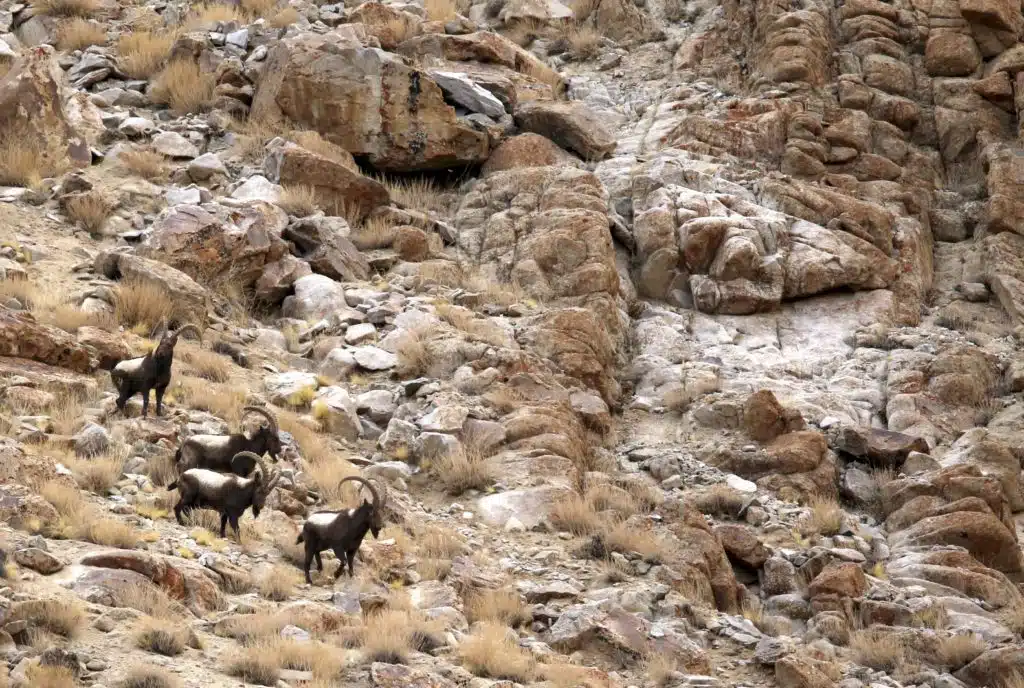
What are the accommodations like in Ladakh?
The hotels here are first-rate with attentive service. While trekking with Nomadic Expeditions, you’ll be accommodated in four-person tents designed for double occupancy. We use yak to transport the gear, leaving our travelers unburdened on their trek to hike and enjoy the majestic views.
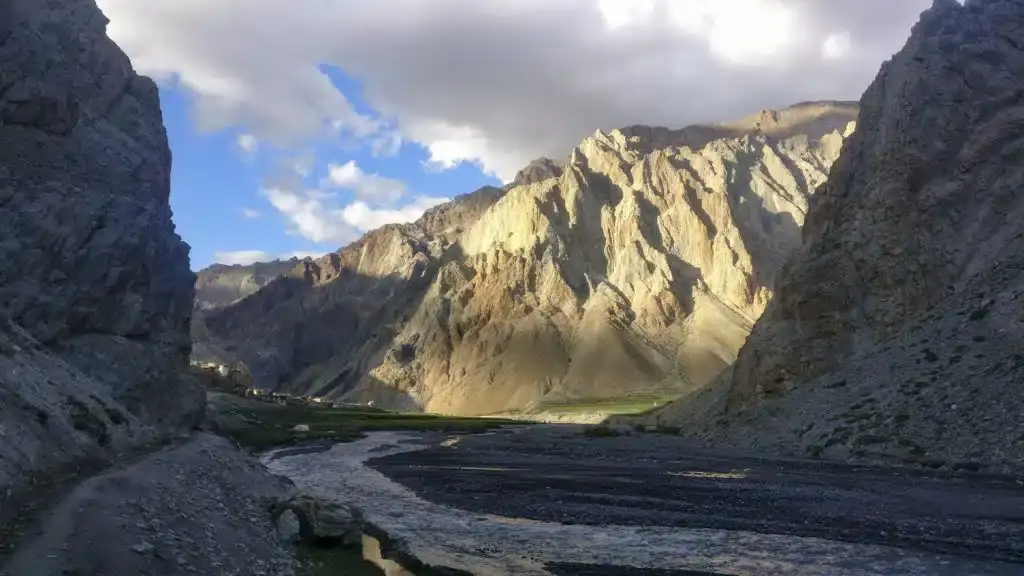 :
:
Hike Ladakh, on the western edge of the Tibetan Plateau. View our suggested itinerary.
Prefer perusing sights on the plateaus? Check out our Quick Escape – Ladakh journey.

